Sickle cell anemia has gained more attention recently, not because it is a novel condition but rather because of how little is known about it. Over 100,000 Americans and millions more worldwide are silently impacted by the illness, despite advancements in awareness and medicine. Its strong ties to ancestry—woven into the genetic composition of people primarily of African, Mediterranean, Middle Eastern, and South Asian ancestry—are what make it so distinctive.
Prevalence Table: Sickle Cell Anemia by Region and Demographics
| Region or Group | Prevalence Estimate |
|---|---|
| United States (general population) | 100,000+ affected |
| African Americans (U.S.) | 1 in 365 births |
| Hispanic Americans (U.S.) | 1 in 16,300 births |
| Global Estimate | Over 7 million affected worldwide |
| Nigeria | ~150,000 newborns annually with SCD |
| India & Middle East | Moderate to high carrier rates |
| United Kingdom | 1 in 2000 births, most common inherited condition |
A Genetically Based Worldwide Burden
Sickle cell anemia is transmitted silently from parent to child, encoded in a recessive gene like a secret blueprint, in contrast to infectious diseases that spread through communities like wildfire. Although it is not border-specific, its prevalence reveals information about migration, survival, and biological heritage. About 1 in 365 Black or African American babies are born with the condition in the United States. The rate is more like 1 in 16,300 for newborns who are Hispanic Americans. Over 7 million people worldwide suffer from the illness, with Sub-Saharan Africa bearing the brunt of its effects.
Geographical Ancestry and Sickle Cell
Why do some populations have such high rates of sickle cell anemia? Surprisingly, the solution involves some sort of evolutionary trade-off. Possessing one copy of the mutated gene gave the sickle cell trait a survival advantage over malaria. This characteristic rose in regions where malaria was historically common. Two carriers may occasionally pass on the full-blown disease over generations, transforming a protective gene into an excruciating condition.
Screening: A Silent Revolution
In nations like the United States and the United Kingdom, universal newborn screening has proven to be an incredibly successful policy in recent years. Families can start preventive care from infancy if sickle cell is identified early, frequently before symptoms manifest. This includes immunizations, routine examinations, and drugs like hydroxyurea, which has significantly enhanced many patients’ quality of life.
A Positive Prospect: The Influence of Knowledge and Creativity
Sickle cell anemia received little funding and little attention for many years. However, things are changing. Advances in gene therapy in the upcoming years may provide a cure rather than merely symptom relief. We can lessen suffering and change the lives of millions by funding genetic education, counseling, and fair access to care.
Finally, sickle cell anemia is being recognized as a challenge to combine science, narrative, and social justice in the quest for long-term health equity, rather than merely a disease.
